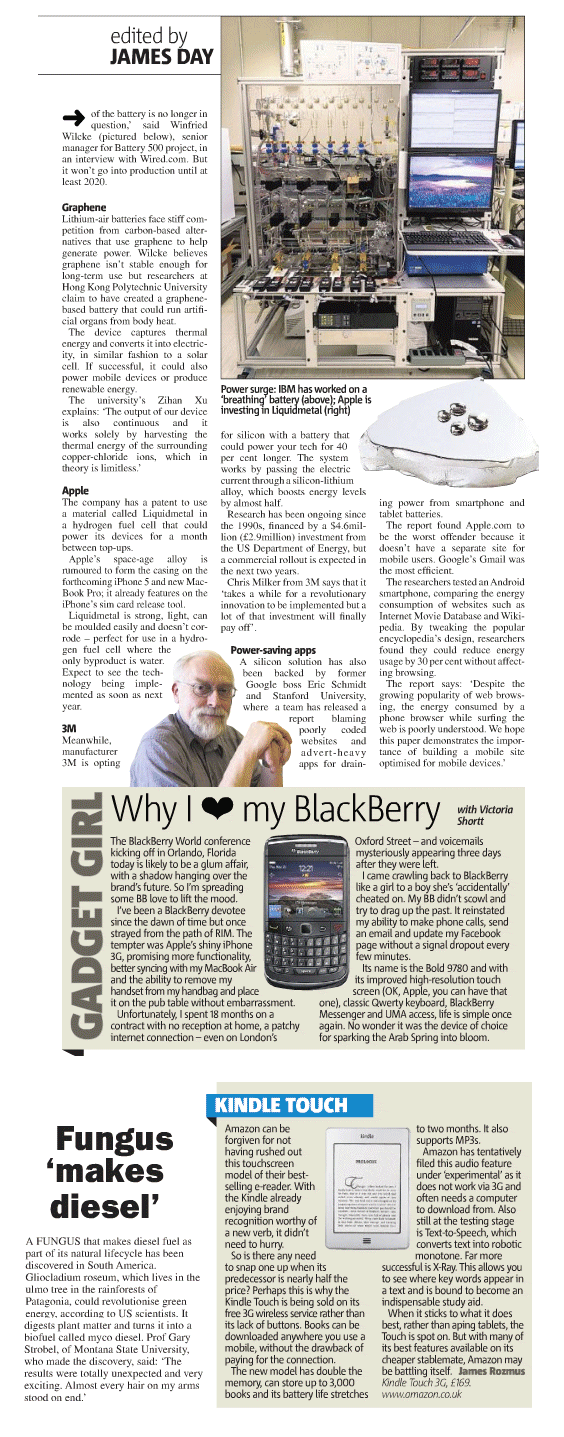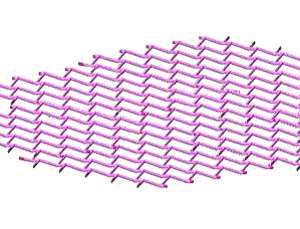

Move over graphene, silicene is the new star material
AFTER only a few years basking in the limelight, wonder material graphene has a competitor in the shape of silicene. For the first time, silicon has been turned into a sheet just one atom thick. Silicene is thought to have similar electronic properties to graphene but ought to be more compatible with silicon-based electronic devices.
Patrick Vogt of Berlin's Technical University in Germany, and colleagues at Aix-Marseille University in France created silicene by condensing silicon vapour onto a silver plate to form a single layer of atoms. They then measured the optical, chemical and electronic properties of the layer, showing it closely matched those predicted by theory (Physical Review Letters, DOI: 10.1103/PhysRevLett.108.155501).
Silicene may turn out to be a better bet than graphene for smaller and cheaper electronic devices because it can be integrated more easily into silicon chip production lines.
In 2010, another Aix-Marseille group led by Bernard Aufray attempted create silicene using a similar approach but failed to present convincing evidence that it was present. Michel Houssa of the Catholic University of Leuven (KUL) in Belgium, who was not involved in the new work, says: "In my opinion, this is the first compelling evidence that silicene can be grown on silver."
He says an important challenge now will be to grow silicene on insulating substrates to learn more about its electrical properties and understand how they can be exploited to build future electronic devices.

New kid on the block (Image: Ayandatta)

![]()

